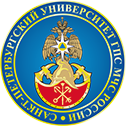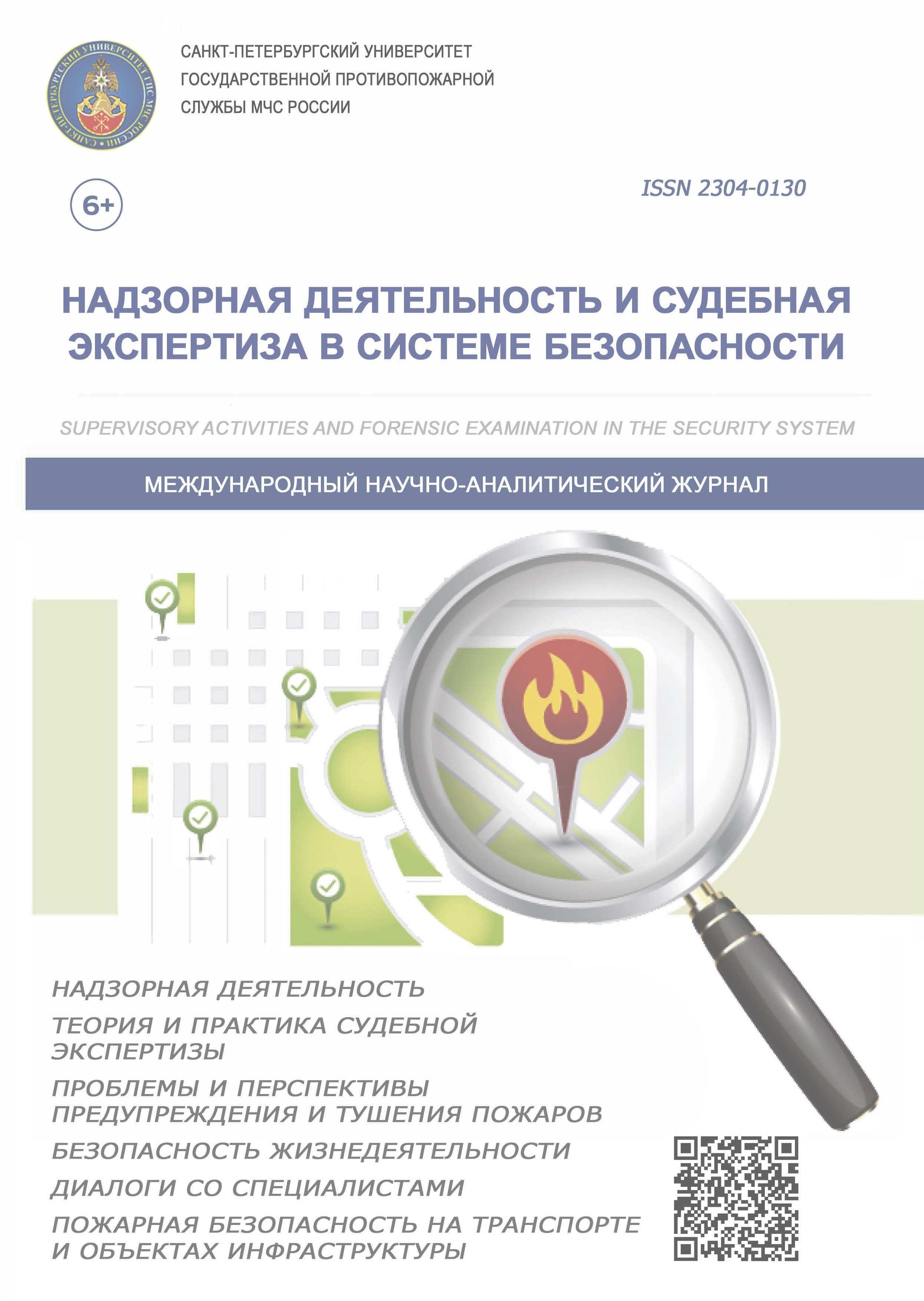Russian Federation
Russian Federation
Russian Federation
The possibilities of using thermoelectric textiles in firefighters’ turnout garment, including for powering an autonomous early warning system, are shown. The process of coaxial wet forming of fiber in the core-shell segment of the p-n junction based on the method of continuous alternating coaxial wet corkscrew is described. Polyparaphenylene terephthalamide fibers with a core-shell segment of the p-n junction were used in the experiment. The electrical properties of thermoelectric fibers, as well as the stress-strain relationships of n-segment, p-segment, and p-n segmented thermoelectric fibers, and the temperature dependence of the Seebeck coefficient are studied. It was determined that thermoelectric p-type and n-type fibers with the same number of individual fibers generated almost the same output voltage, which indicated the possibility of forming a fiber battery. A conclusion is made about the possibility of using thermoelectric fabrics based on thermoelectric aramid nanofibers for the manufacture of firefighters' combat clothing and thereby providing autonomous power to fire alarm sensors.
firefighters’ turnout garment, coaxial wet weaving, thermoelectric fiber, segmented fibers, thermoelectric textiles
1. Basic requirements and recommendations for firefighter combat clothing. URL: https://protivpozhara.com/oborudovanie/ekipirovka /boevaja-odezhda-pozharnogo (date of reference: 26.11.2024).
2. Assessment of the quality of firefighter's combat clothing and recommendations for its improvement / M.V. Kiseleva // Physics of fibrous materials: structure, properties, high-tech technologies and materials. № 1. 2022. P. 185–188.
3. Bud’kina T.A., Bud’kina K.Yu. Preventive fire protection // Modern innovations in science and technology: collection of scientific papers of the VII conference with international participation. Kursk, 2017. P. 47–50.
4. Tokarevsky P.A. Firefighter's turnout garment with an integrated intelligent protective system // Technosphere safety in the XXI century: proceedings of the IX All-Russian scientific and practical conference. Irkutsk, 2019. P. 280–285.
5. An ultralight self-powered fire alarm e-textile based on conductive aerogel fiber with repeatable temperature monitoring performance used in firefighting clothing / H.L. He [et al.] // ACS Nano. Vol. 16. № 2. P. 2953–2967. DOI:https://doi.org/10.1021/acsnano.1c10144.
6. Influence of temperature conditions of graphene oxide synthesis on the dependence of conductivity on humidity after thermal reduction / T.E. Timofeeva [et al.] // Journal of structural chemistry. 2018. T. 59. № 4. P. 834–840.
7. Hierarchically designed super-elastic metafabric for thermal-wetcomfortable and antibacterial epidermal electrode / J.C. Dong [et al.] // Adv. Funct. Mater. 2022. № 32 (48).
8. High-tech clothing that generates electric current / A.A. Lifanov [et al.] // Reliability and quality: proceedings of the International the symposium. Penza, 2020. T. 2. P. 91–93.
9. Stretchable thermoelectric generators with enhanced output by infrared reflection for wearable application / B. Wu [et al.] // Chem. Eng. 2023. № 453 (4). P. 139749. DOI:https://doi.org/10.1016/j.cej.2022.139749.
10. Ilyin S.Yu., Luchinin V.V. Hybrid fiber nanoenergy (e-nanotextile) for autonomous human life support // Biotechnosphere. 2016. № 3-4 (45-46). P. 49–72.
11. 11. Switching of conductivity in lateral channels based on maxenes Ti3C2Tx / N.V. Yakunina [et al.] // University news. Electronics. 2023. T. 28. № 1. P. 88–95. DOI:https://doi.org/10.24151/1561- 5405-2023-28-1-88-95.
12. Gazdiev A.M., Kuzmin A.A., Permyakov A.A. Increasing the fire resistance of fibrous thermal insulation materials using aerogels // Problems of risk management in the technosphere. 2022. № 2. (62) P. 144–153.
13. Bjrn P.J. Building integrated photovoltaics: a concise description of the current state of the art and possible research pathways // Energies. 2016. Vol. 9. № 21. P. 1–31.







